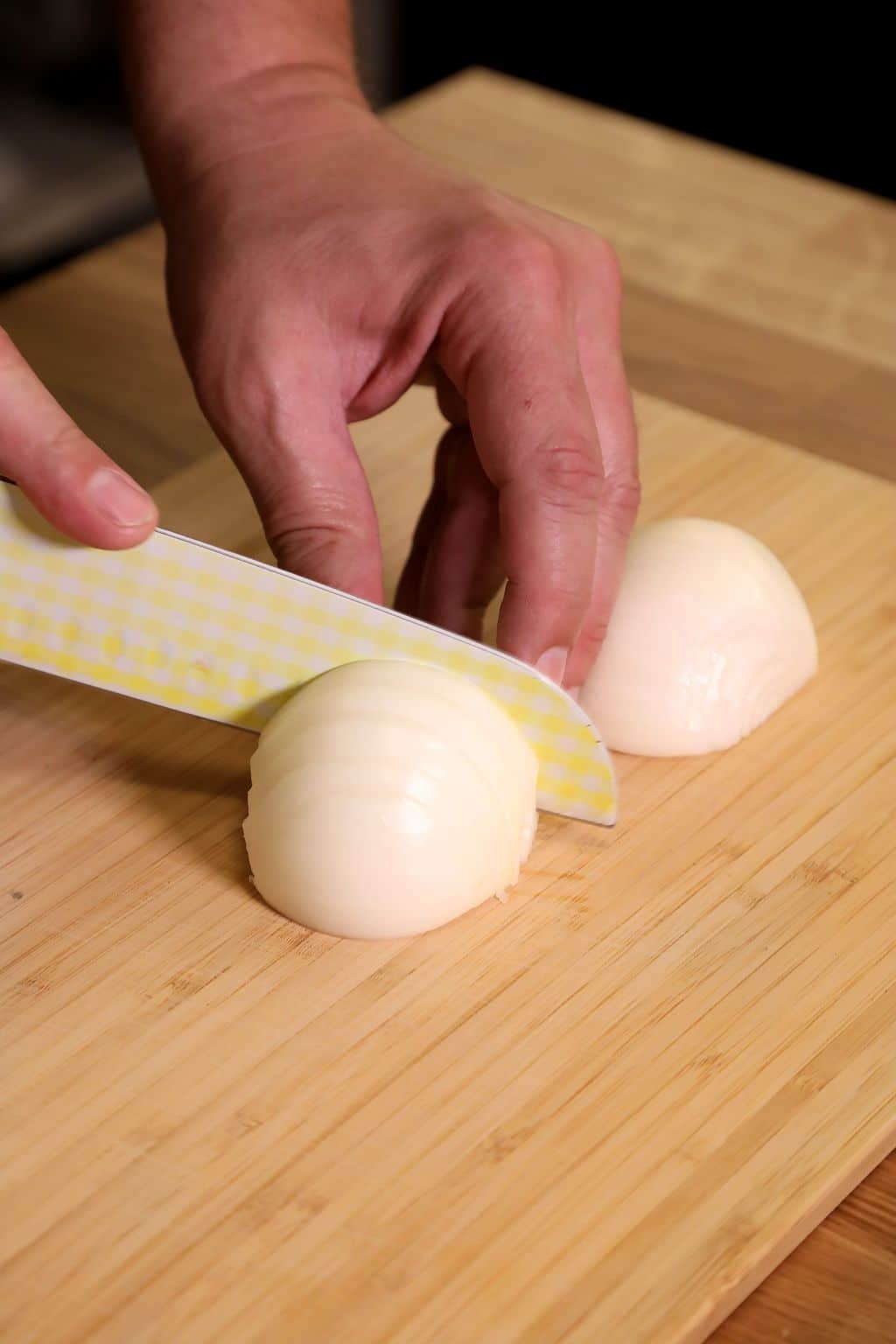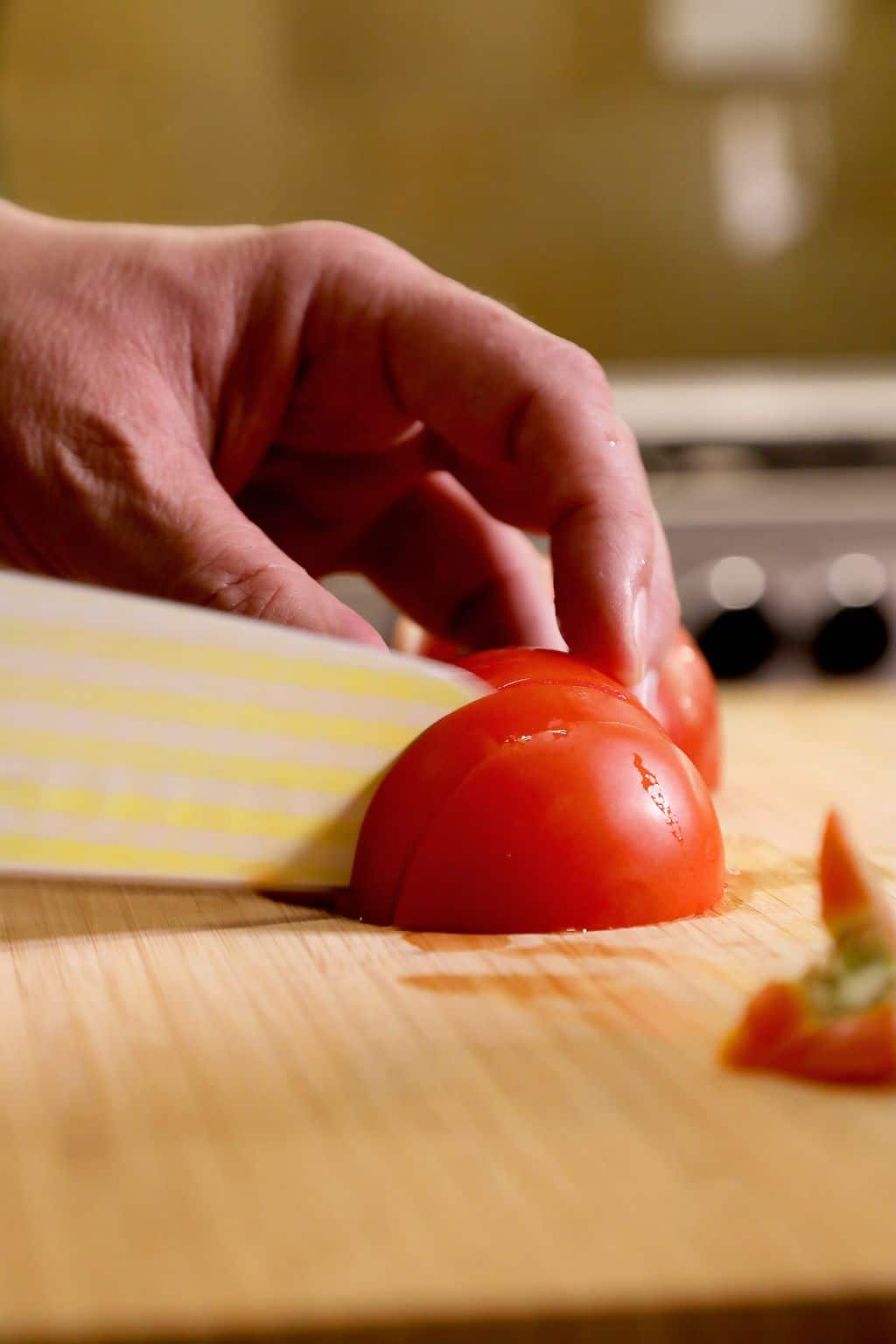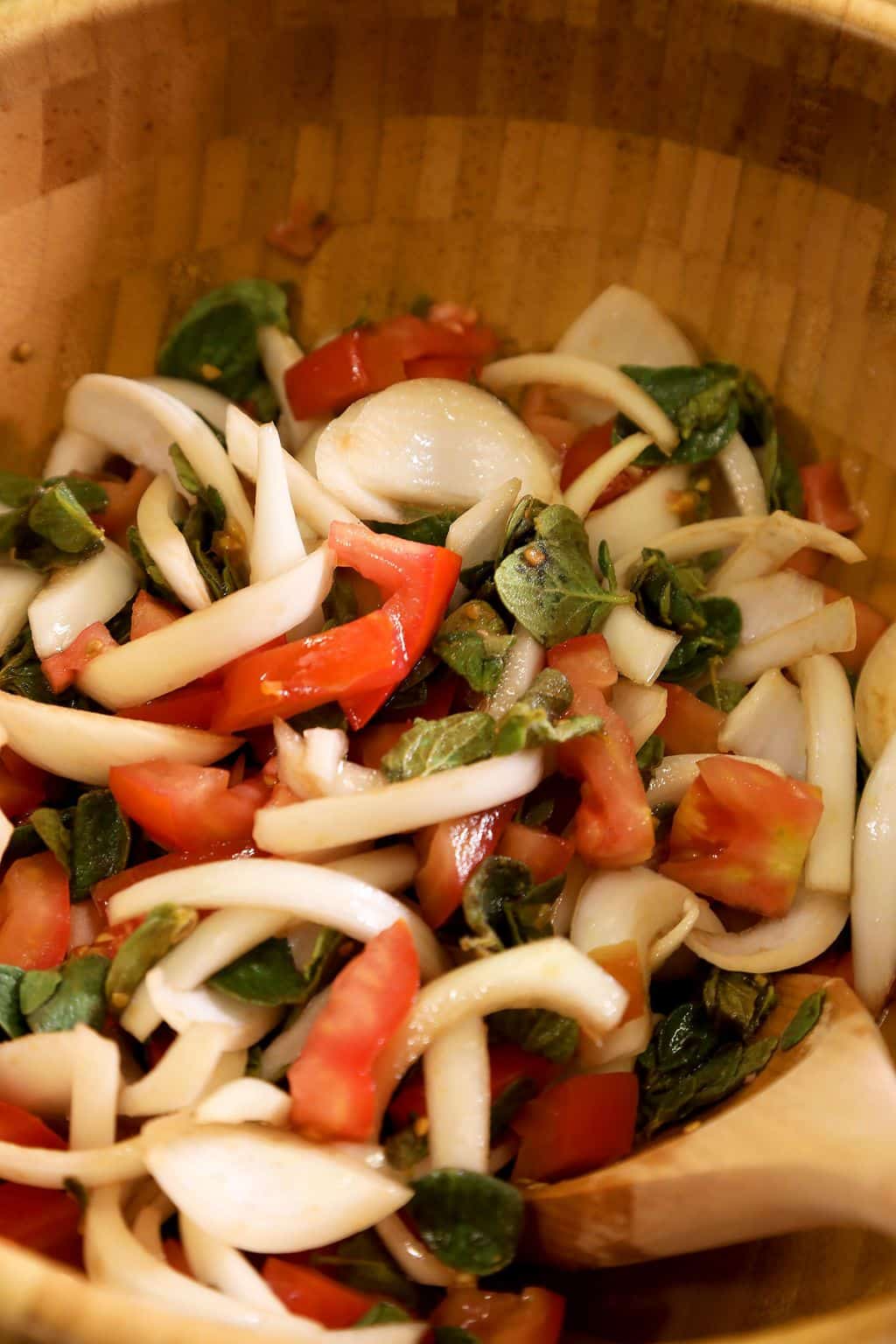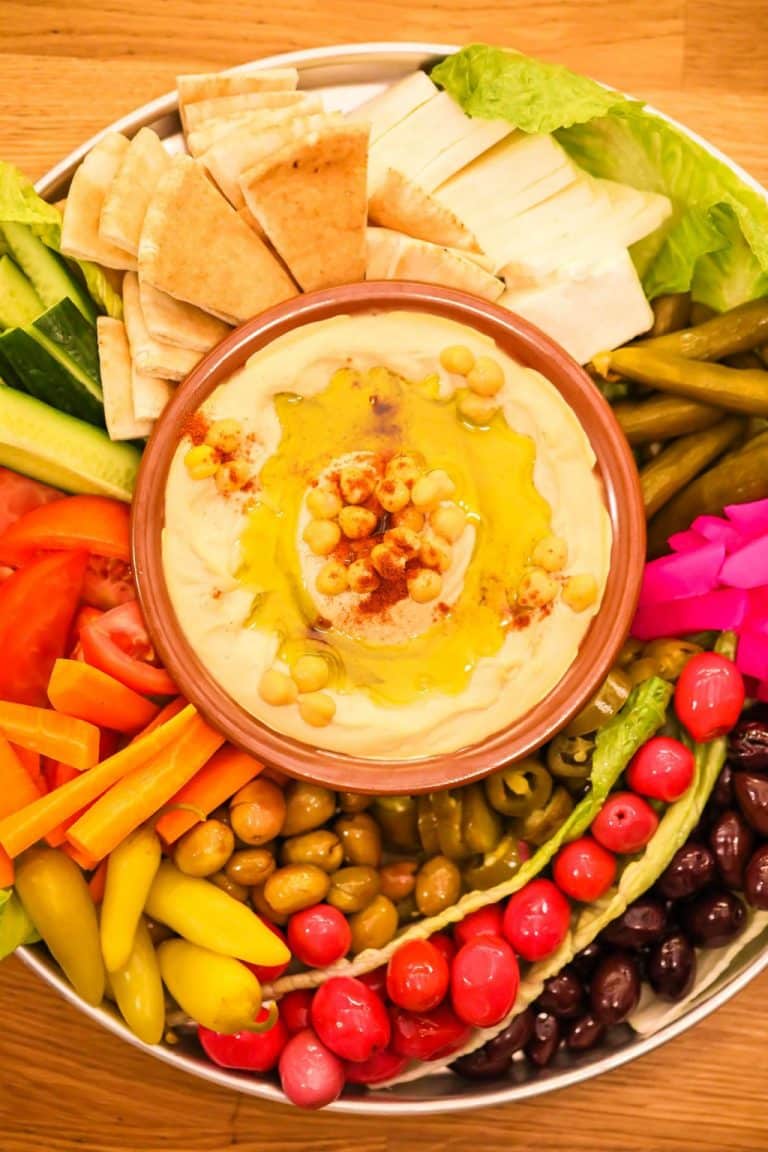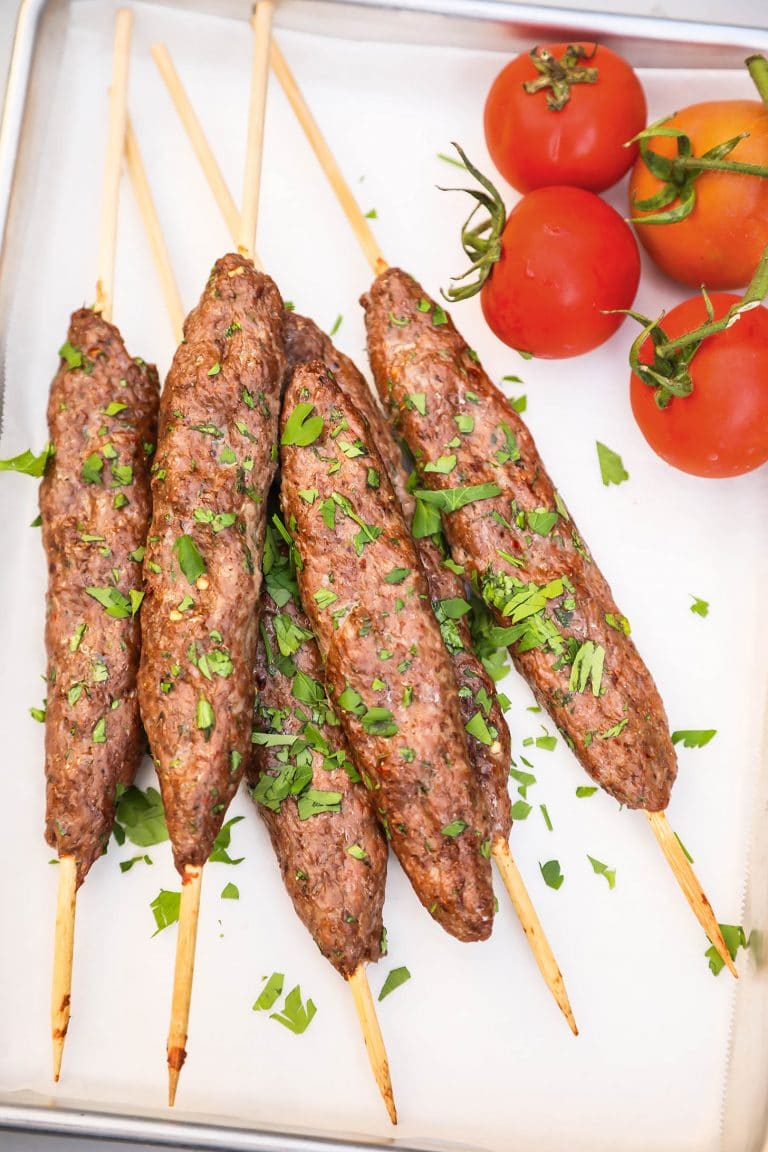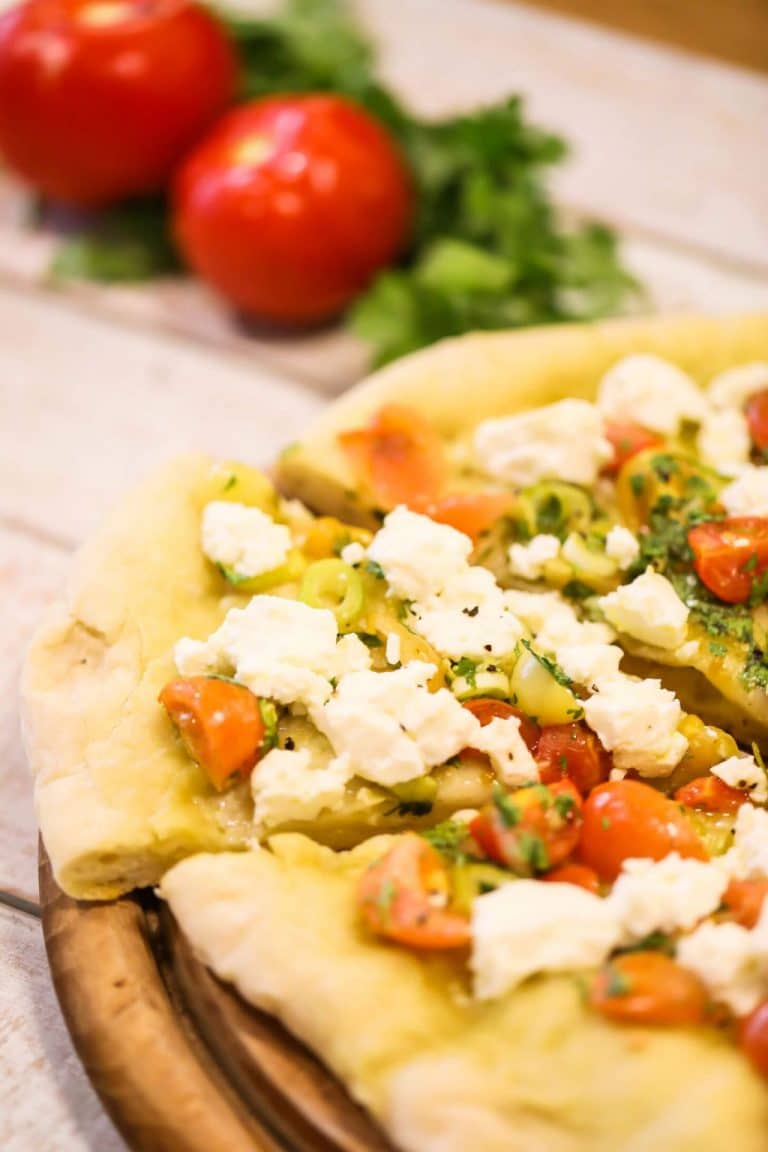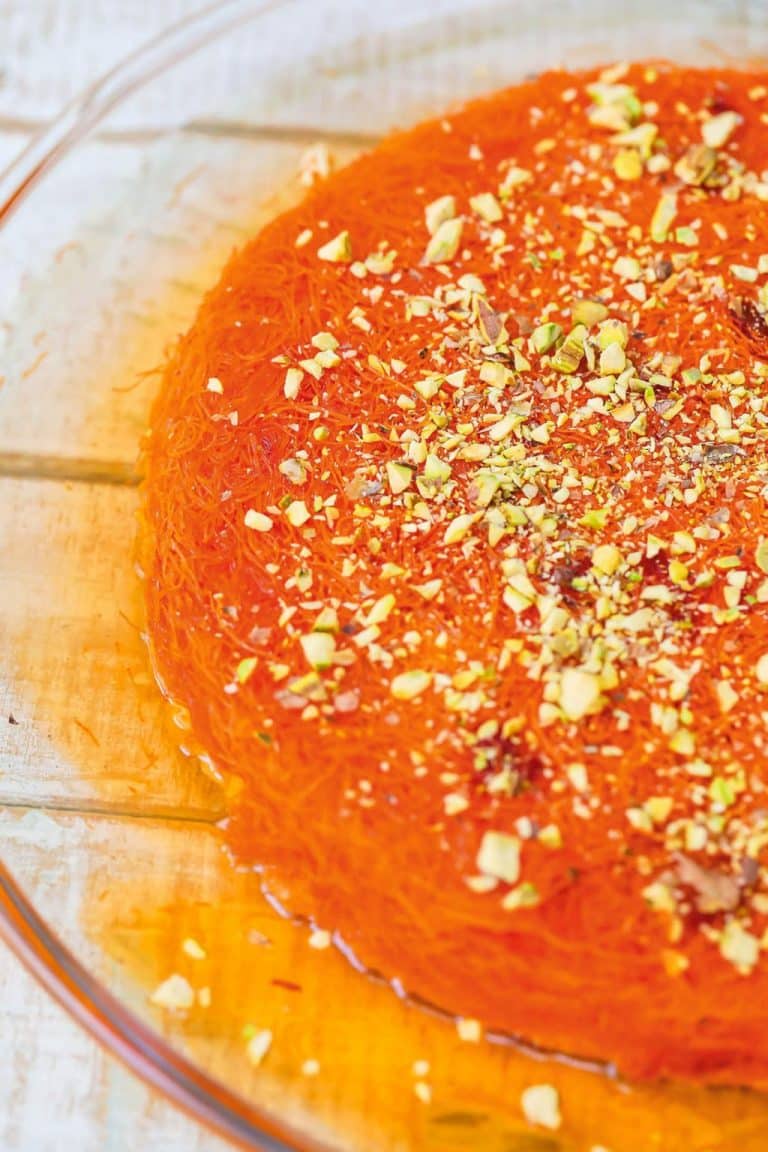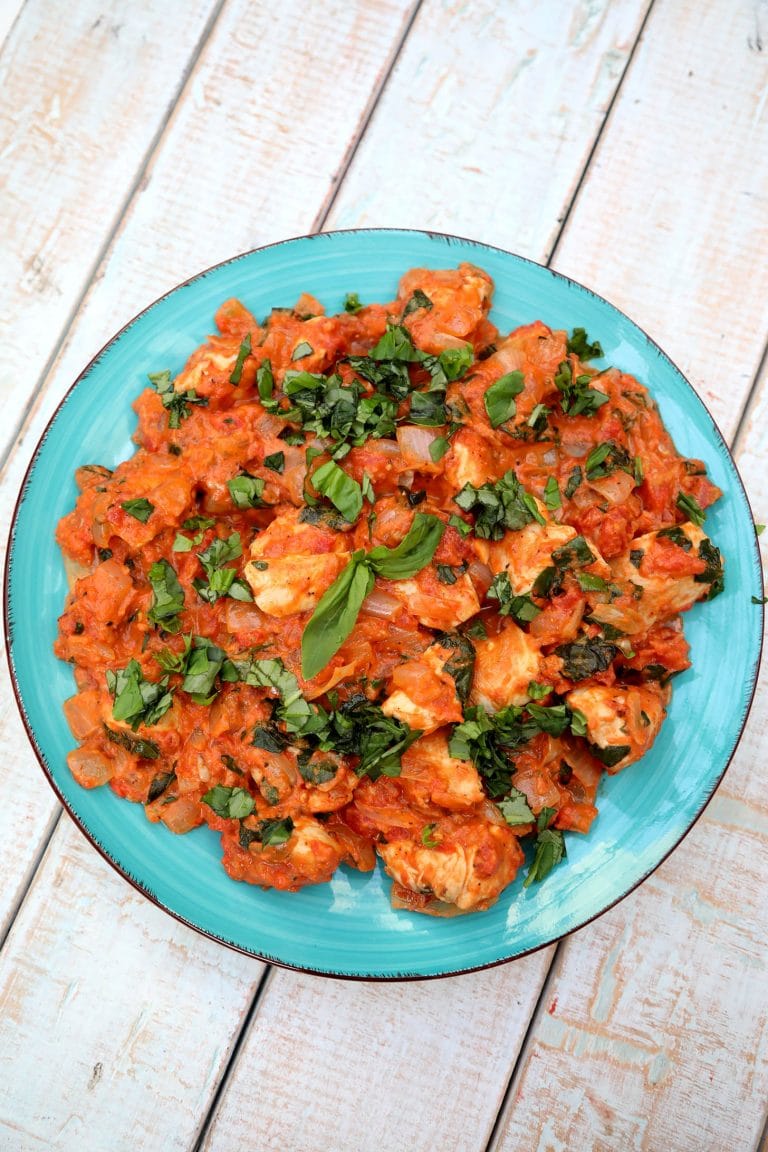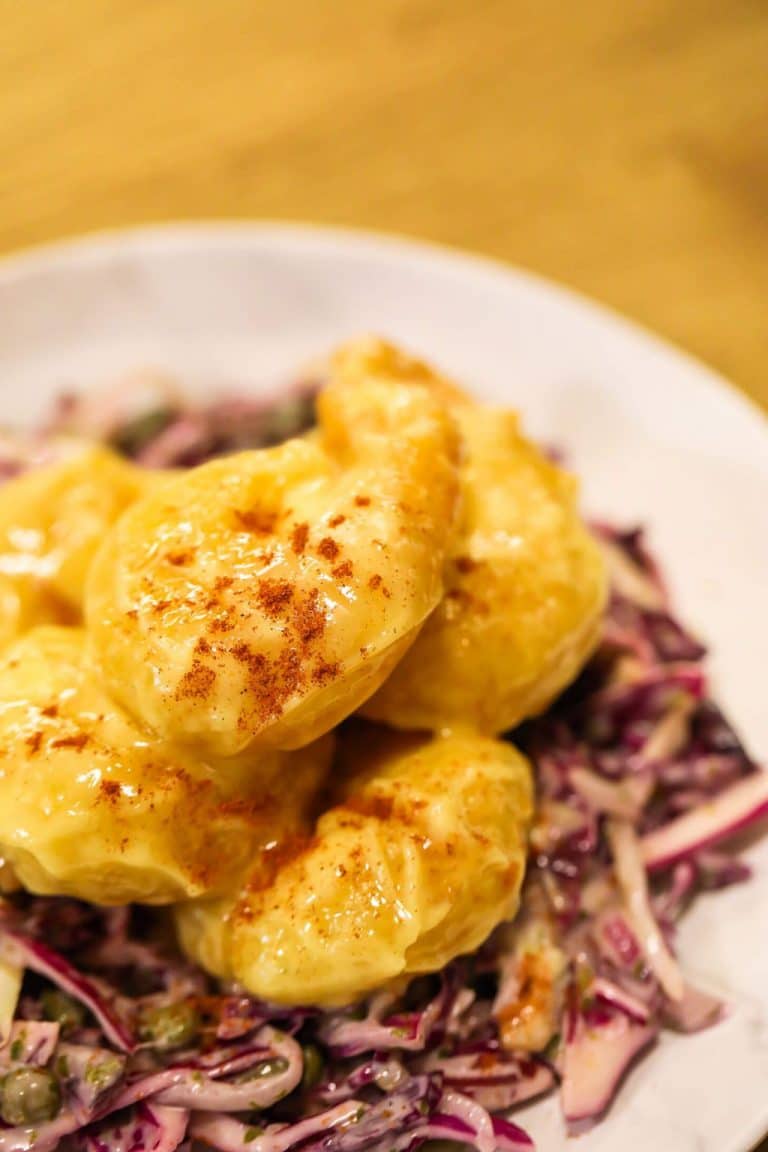Zaatar Salad
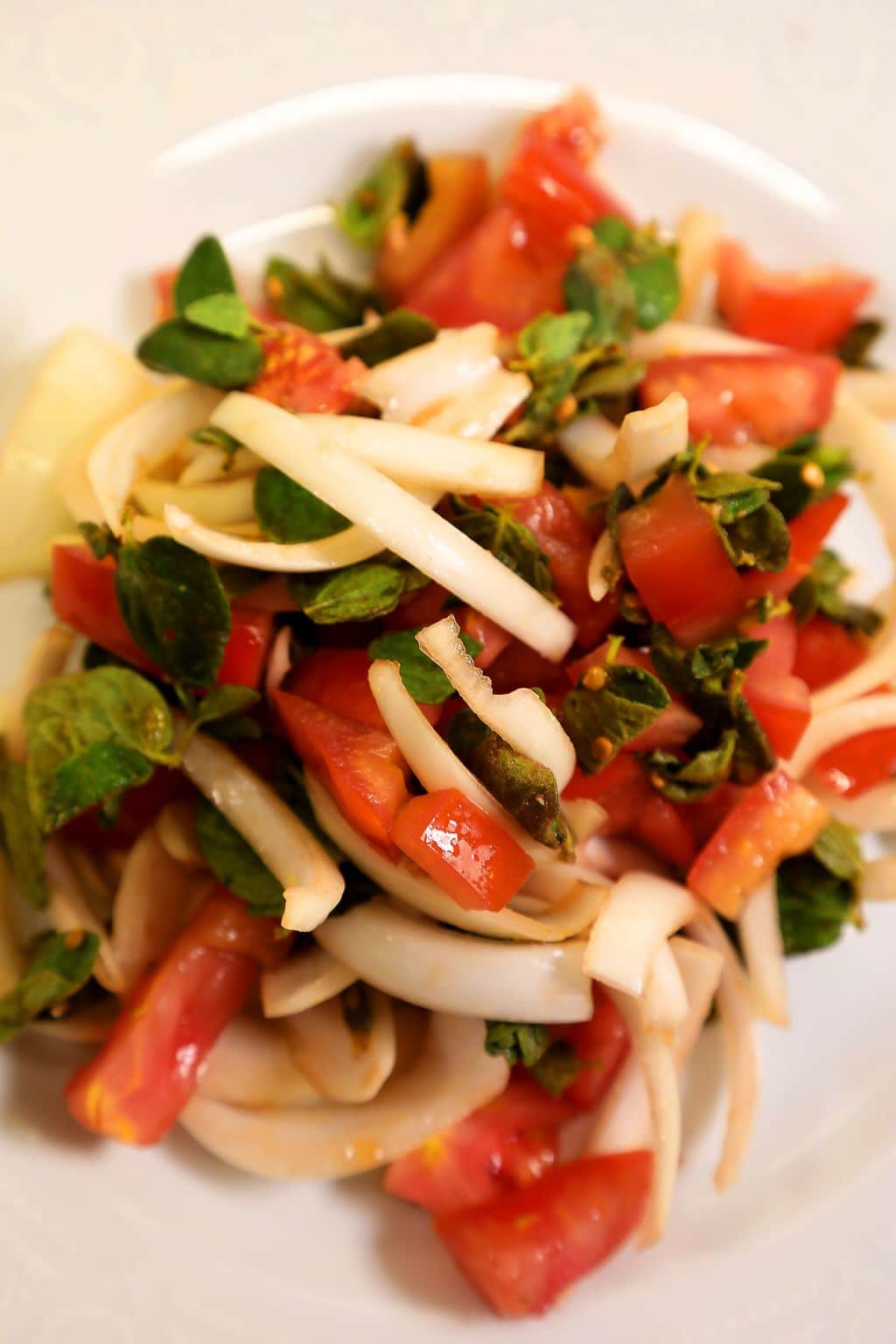
Zaatar (origanum syriacum) is the name of the herb plant in the Middle East, as well as the prepared combination of herbs used for dipping and flavoring foods.
The plant itself is a type of wild Oregano that is often mistakenly referred to as thyme because of its flavor profile.
It has a wonderful taste, especially when fresh with its hint of spiciness.
Most often it is dried and used for the herb mix that most people are familiar with.
But it is also used fresh in many ways, one of which is in this zaatar salad.
Zaatar has been part of Arab cuisine since at least the Middle Ages and has a special significance to a Palestinian home.
Given everyone has a slightly different recipe when making the dried zaatar mix, depending on the ingredients, a family can be traced back to its roots by the zaatar recipe of their family, and their family’s region.
I was in Jerusalem not that long ago and had the chance to taste my aunt’s homemade zaatar, and it was great, although I prefer a tad bit more salt in mine.
Just proves that if you bring me fifty people who have just made their own zaatar, I will show you fifty different zaatar recipes.
There are so many recipes in this part of the world that are passed down from generation to generation where every family has a special twist that makes the dishes their own.
And part of the fun for me is tinkering with the recipes and trying them differently to see how I can make them even better.
Or I try and fuse together recipes from my two different cultures, and backgrounds, which can sometimes lead to amazing new eating.
There is so much in the news these days about nationalism, and how many countries seem to be turning inward instead of looking to integrate the other to create an even richer society and culture.
Very sad in my opinion that it seems as humans we are going backwards out of fear of what we don’t understand.
Just think about how much richer food has become over the centuries because of the discovery and integration of new foods, and flavors.
This can only be done if we are brave and willing to learn about what we don’t understand.
If we are willing to open ourselves up, and truly understand the other, only then we can begin to live our best lives and eat our very best meals.
Only then will our cultures and meals become worthy of invention, investigation and discovery!
With an ancient and delicious herb at its center, this zaatar salad is a blend of local ingredients that will give your diners something new and different to enjoy.
Remember that you can add your favorite vegetable ingredients to enhance this salad and to include the kinds of things you especially like to eat in a salad.
Experiment!
And as always, let me know how it works out!
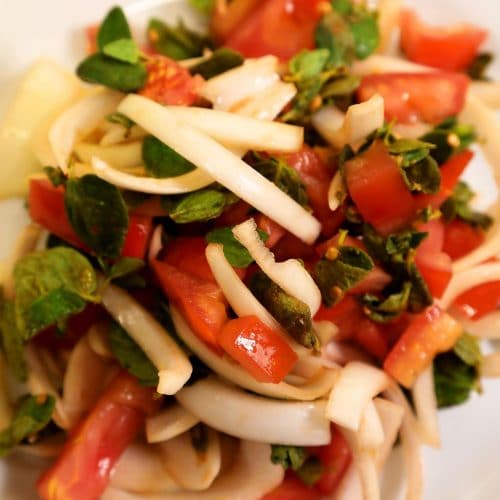
Zaatar Salad
Ingredients
- 2 Tomatoes large, chopped
- 1 Onion chopped
- 1 Cup Fresh Zaatar Leaves
- 2 tbsp Olive Oil
- 1 tbsp Balsamic Vinegar
- ½ tsp Salt
Instructions
- Chop tomatoes into cubes.
- Finely chop onion.
- Add tomatoes and onion to a bowl.
- Add Zaatar leaves.
- Add oil, vinegar, and salt.
- Mix well and serve immediately.

